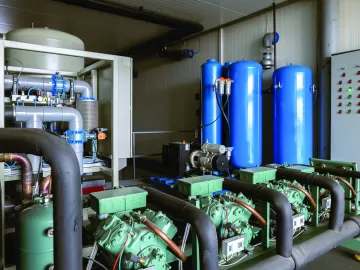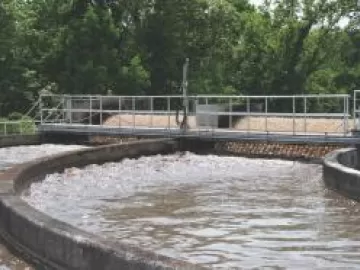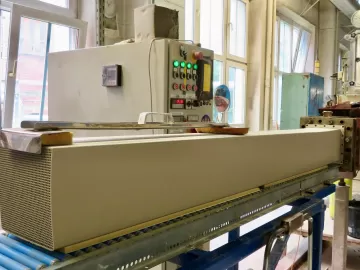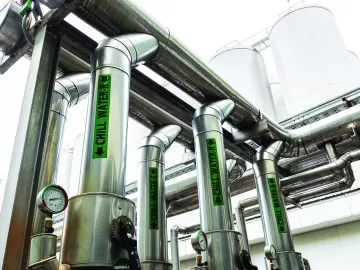Controls Upgrade in 10 Plants Saves $977,093 Annually in Energy Costs
To address a mandate for cutting operations energy usage at facilities by 25 percent without major capital expenditures, a major manufacturing company set its sights on better control of its compressed air systems. The project, implemented at 10 manufacturing plants over the course of three years, saves the company \$977,093 annually in energy costs – and was completed with zero out-of-pocket costs.












